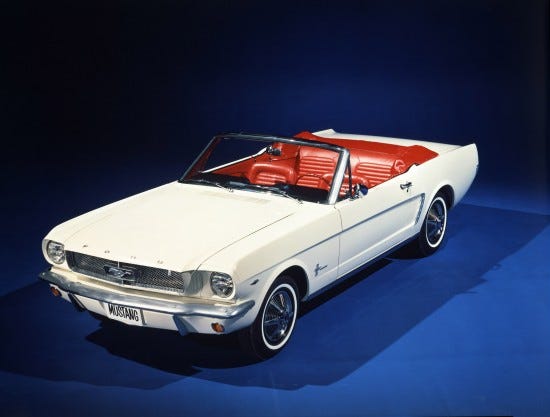Member-only story
Strategy, Business Lessons and The Iconic ‘Mustang’ Success Story
In the year 1964, Ford rolled out the first ‘Mustang’. A mass frenzy broke out among the potential customers. The company expected to sell one lakh cars in the first year but it sold more than four lakh cars. The newspapers wrote that the youthful appeal of the car captured the spirit of the times perfectly. The other competitors immediately followed the trend set by Mustang. But being the first to consumer’s mind, Mustang’s value kept growing. It became so popular that the top heroes of the time were seen driving the Mustangs in movies, particularly in the chase scenes. Even after fifty years, the brand is still strong and has become iconic.
How did the first Mustang become successful? What factors contributed to the success? What lessons could we learn?

THE ALMOST NON-STARTER
In the late 1950s, People were looking for smaller, affordable and fuel-efficient cars, partly inspired by the exposure due to the launch of Beetle, Nash Rambler, Studebaker Lark. As a response to Volkswagen’s Beetle, Ford’s then President, Robert McNamara approved a German company to build a compact car called ‘Cardinal’ -A car that would be small, inexpensive and fuel efficient. Ford began to invest resources, time and money.
When Lee Iacocca became vice-president and General Manager of Ford Division, Cardinal’s development came under his purview. Lee visited the German factory to have a look at the new ‘Cardinal’.
The cardinal car had a V4 engine, front-wheel drive and a great fuel economy. But it had lousy styling and was too small as it had no trunk. Lee strongly felt that the car would not sell in the U.S market.
He cajoled his management to drop the ‘Cardinal’ car and initiate another new car project which became ‘Mustang’ and went on to create history.
Mustang would not have born if the company continued to work on the ‘Cardinal’.